Market Share
In mold Labels Market Share Analysis
In the competitive landscape of the In-mold Labels (IML) Market, companies deploy various strategies to position themselves effectively and capture market share. One pivotal strategy is differentiation, where companies emphasize unique features or attributes in their in-mold labels to distinguish themselves from competitors. This could involve offering a wide range of customization options such as vibrant colors, intricate designs, or special finishes that enhance product visibility and shelf appeal. By providing value-added features that cater to specific branding requirements or consumer preferences, companies can differentiate their offerings and attract customers seeking distinctive labeling solutions.
Currently, consumers have become more conscious of the overall appearance of packaging and labeling, which is majorly driving for the in-mold labels market evolution in recent times. In-mold labels provide detailed information about the product through an innovative way, which offers 360-degree graphics on entire container. In-mold labels assist the product brand to build an image for future prospects. Moreover, low-cost in-mold labels are cost-effective for a packaged container, which, in turn, is anticipated to propel the in-mold labels market throughout the forecast period. In-mold labels enable the utilization of numerous color patterns, 3D effects, and textures in a single operation.
Another crucial strategy in the In-mold Labels Market is customer segmentation and targeting. Companies analyze the diverse needs and preferences of different market segments, such as food and beverage packaging, personal care products, or household goods, and tailor their in-mold label offerings accordingly. For example, food and beverage companies may require labels with superior durability and resistance to moisture, while personal care brands may prioritize labels with high-resolution graphics and premium finishes to convey luxury and quality. By aligning their product offerings with specific customer requirements, companies can effectively penetrate target markets and capture significant market share within each segment.
Furthermore, strategic partnerships and collaborations play a significant role in market share positioning within the In-mold Labels Market. Companies often collaborate with packaging manufacturers, injection molders, and brand owners to co-develop customized in-mold label solutions that integrate seamlessly with packaging containers. By leveraging each other's expertise and resources, companies can enhance the functionality, compatibility, and aesthetic appeal of their in-mold labels, gain access to new markets, and strengthen their competitive position in the in-mold labeling industry.
Moreover, innovation and continuous product development are essential for maintaining a competitive edge and securing market share in the In-mold Labels Market. Companies invest in research and development to explore new materials, printing technologies, and finishing techniques that improve the performance, sustainability, and visual impact of in-mold labels. This involves experimenting with biodegradable or recyclable materials, developing innovative label designs that enhance product differentiation, and incorporating advanced printing technologies like digital printing for high-quality, customizable labels. By offering innovative in-mold label solutions that address evolving market trends and customer demands, companies can position themselves as industry leaders and gain a competitive advantage over rivals.
Additionally, effective marketing and branding strategies are crucial for market share positioning in the In-mold Labels Market. Companies invest in building strong brand identities and communicating the value proposition of their in-mold label solutions to packaging manufacturers and brand owners. This could involve showcasing the benefits of in-mold labeling, such as enhanced graphics, seamless integration with packaging containers, and overall cost savings through reduced secondary labeling processes. By establishing a compelling brand presence and conveying a message of quality, reliability, and innovation, companies can attract customers and gain market share in a competitive landscape.
Furthermore, cost leadership is another significant strategy employed by companies in the In-mold Labels Market to capture market share. By optimizing production processes, sourcing materials efficiently, and leveraging economies of scale, companies can offer cost-effective in-mold label solutions without compromising on quality or performance. This strategy appeals to price-sensitive customers, particularly in industries such as food packaging and consumer goods, where cost considerations play a significant role in purchasing decisions. By providing competitive pricing while maintaining product quality and innovation, companies can gain market share and establish themselves as preferred suppliers of in-mold label solutions.

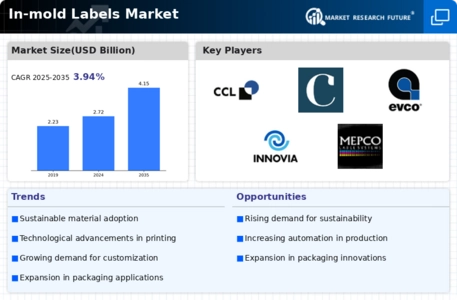
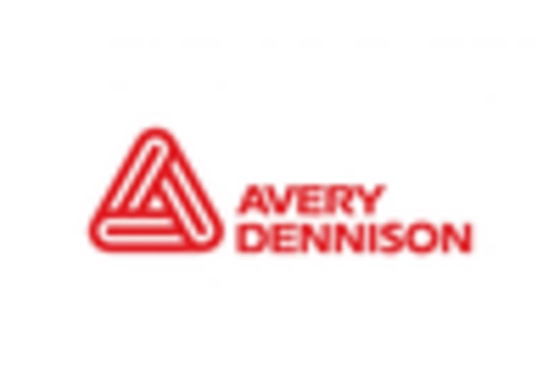
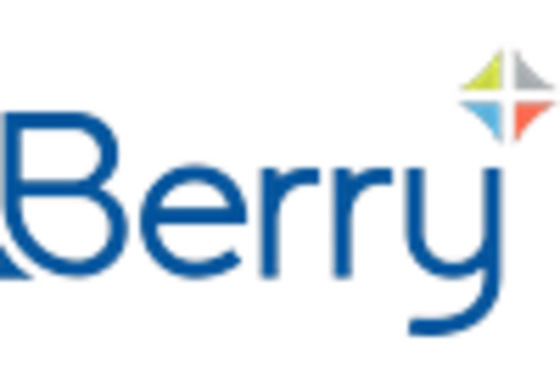
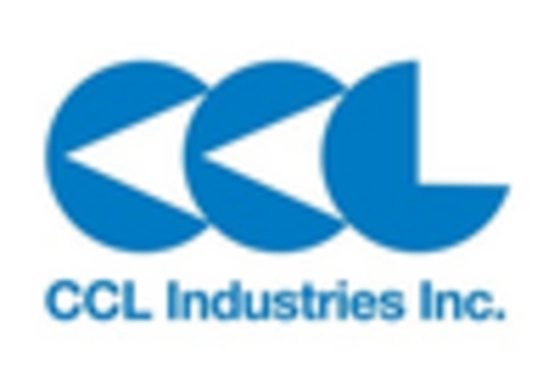
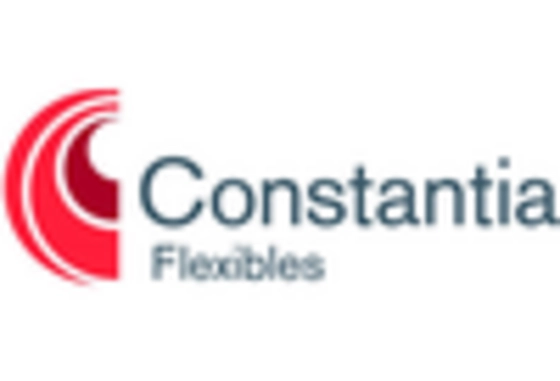
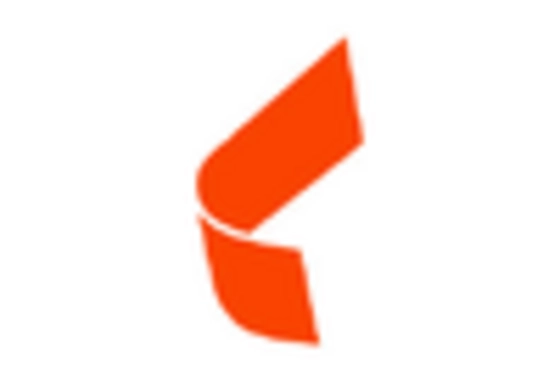
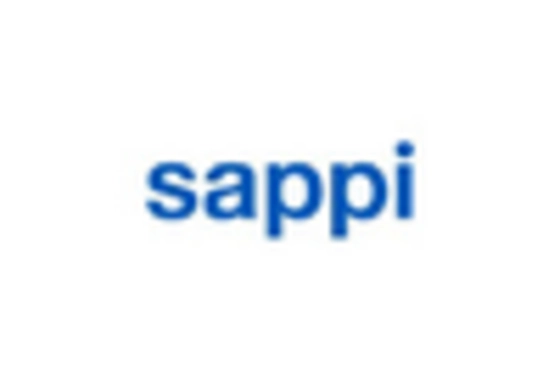

Leave a Comment